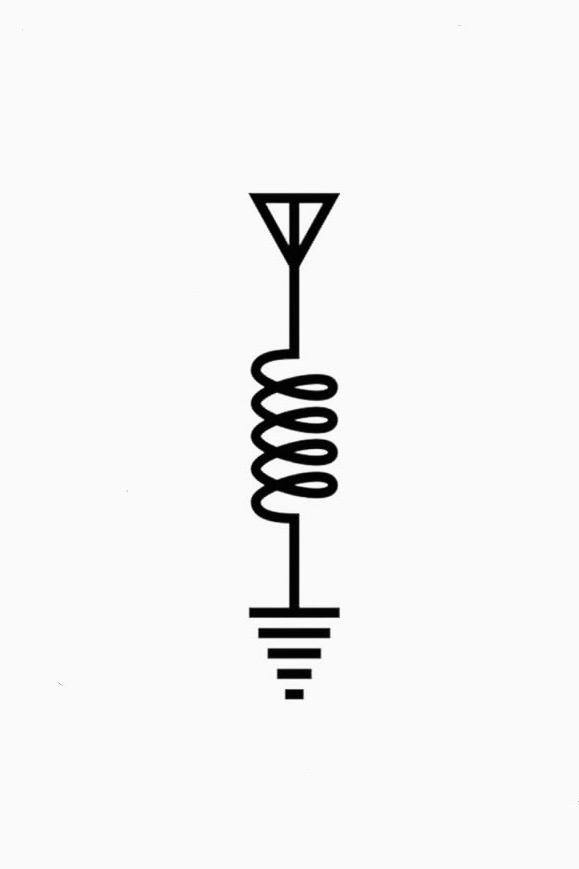I’ve had a couple of this style of plastic clip crack. Wrapping it in thread and then applying super glue seems to work pretty well. I also tried wrapping with fishing line, but it came undone pretty quickly. Just wanted to share the tip! Now if only I had a fix for when the prongs on the other half break off.
Superglue sucks ass for vertical stress. If plastic like this breaks, it’s best to replace the entire piece. Either buy a replacement or print a new one, if you are sufficiently equipped.
Looks like the thread is handling most of the force, and the glue is just keeping it in place.
It looks like the thread is keeping the upper part from slipping out, yes. But that still creates vertical stress on the glued part. And the thread won’t hold long either, is my prediction. It will loosen over time. Repairing something sometimes means replacing parts and that’s the right approach here.
If you have an Osprey bag they’ll send you replacement clips for free
Timbuk2 as well, lots of gear stores will have them too.
Another option is to try melting a bit of wire mesh or even strands of wire wool into the plastic with a soldering iron, or maybe just melt in a few staples across the crack.
3D print another
It’s come in handy for so many of these types of things that I’ve lost track. Occurrences line these aren’t a concern anymore, just find out make a model and boom, good as if not better than new.
This is cool, kind of a small scale version of resin and fiberglass! Thanks!
Thanks! Yeah, I think the string is taking the major tension load, and the glue just keeps it from falling off / unwinding / abrading.
That doesn’t look safe at all.
Here’s another way that might work for you.
Get some PLA or PETG filament from a 3D printer. Just a few inches worth. Put it into a dremmel - leave only a half inch or so sticking out. Turn it on and you can spot-weld plastic with it. The 3D filament will basically heat up with the friction when you turn the dremmel on and press it into the clip.
PETG is harder and stronger than PLA, but both should do the trick.
I’ve not used a Dremel - are you clamping the filament end-on, kind of like a pencil lead? Would a drill potentially work in the same way, if so, if you can align it in the chuck properly?
Clamping? It’s got a tip that you screw down around like the chuck of a standard drill. Dremmels spin at high speeds, 7000-15,000 (or more) RPM. The tip uses a small wrench to tighten down.
You stick filament into the tip. It spins at high speed. The filament heats up from the friction when you touch it to an object. It then starts to melt and bond with the object.
Thanks!
I didn’t have a printer but do know someone with one, I bet I could ask for a little filament. Sounds fun to try.
Cool - You will only need a little bit for that clip.
I’ve also successfully reprinted clips like that with PETG. It’s excellent.
I’ve patched eye glasses that have failed at the hinge with this method in a pinch.
Send to sendcutsend or any metal manufacturer fabricator. The metal version should be much stronger and longer lasting.
I’ve been to SCS’s website and it seems… incomplete? It was on mobile so maybe that makes a difference but with how often I’ve seen it recommended I was surprised to see a site which did not look done. Did I miss something on their site?
Yeah the mobile site has issues, but making this with sheet metal would be really hard anyway. You send them flat drawings with optional bend lines and they send it back, optionally they will bend it for would within very specific rules/guidelines.
Metal 3D prints would make way more sense shapeways I know can make great stainless steel prints, but it’s probably gonna cost more than a dozen plastic prints.
Fun solution, I do have some other failed plastic pieces I might want to upgrade to metal.
Though SCS seems to do flat/folded pieces, not volumetric, from skimming their site.
Why are they breaking though
Looks like brittle bottom of the barrel plastic to me.
In this case combined with accidental side pressure and cold weather.
deleted by creator








